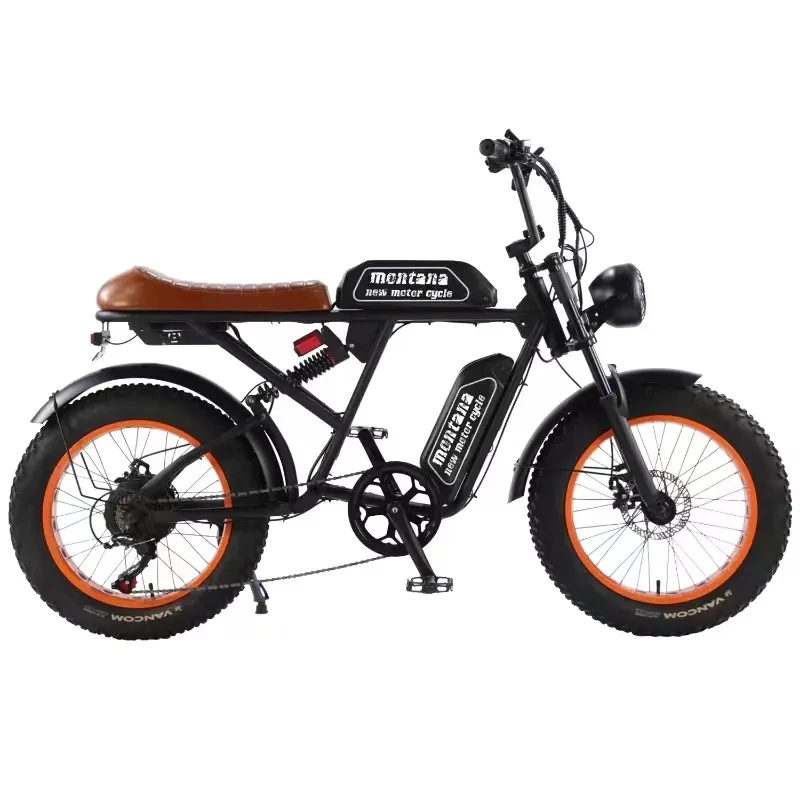9 月 . 29, 2024 06:13 Back to list
Exploring the Best Battery Options for Electric Bikes to Enhance Your Riding Experience
Understanding Battery Technology for E-Bikes
As the popularity of electric bikes (e-bikes) continues to rise, understanding the pivotal role of battery technology is crucial for both current users and potential buyers. The heart of any e-bike is its battery, which determines not only the vehicle's range but also its overall performance, durability, and cost. In this article, we will delve into the key aspects of e-bike batteries, including their types, performance metrics, maintenance, and future trends.
Types of E-Bike Batteries
The most common battery types used in e-bikes are lead-acid, nickel-cadmium (NiCd), nickel-metal hydride (NiMH), and lithium-ion (Li-ion) batteries. Among these, lithium-ion batteries have become the preferred choice due to their high energy density, lightweight nature, and long cycle life. Typically, e-bike batteries range from 36V to 48V, with the capacity measured in ampere-hours (Ah) indicating how much charge the battery can store. For instance, a 48V, 15Ah battery can store 720Wh of energy, allowing for longer rides.
Lead-acid batteries, while cheaper, are heavier and have a shorter lifespan, making them less desirable for modern e-bikes. NiCd and NiMH batteries are less common but can still be found in some models. Each battery type comes with its own set of advantages and drawbacks, often influencing the overall price of the e-bike.
Performance Metrics
When assessing e-bike batteries, several performance metrics are essential to consider. The first is the capacity, which affects the range of the bike. A higher capacity means longer distances can be covered before needing a recharge. However, a larger battery also adds weight, which can impact the handling and performance of the e-bike.
Next is the discharge rate, which refers to how quickly the battery's stored energy can be used. A battery with a high discharge rate can provide more power for accelerating or climbing hills, enhancing the e-bike's performance when needed.
Charging time is another important factor. Most lithium-ion batteries take about 4 to 6 hours to recharge fully, but fast chargers can dramatically reduce this time. Longer charging times can be a significant disadvantage for users who require quick recharges.
batterie ebike

Battery Maintenance
Proper maintenance can extend the lifespan of an e-bike battery significantly. Here are some tips to ensure optimal battery health
1. Avoid Complete Discharge Try not to let your battery deplete completely before recharging. Regularly charging it when it gets to around 20-30% can prevent deep cycling, which is harmful to battery life.
2. Store Properly If you are not using the e-bike for an extended period, store it in a cool, dry place and keep it charged around 50%. This storage level helps in maintaining battery health.
3. Regularly Clean Connections Dirt and corrosion on battery terminals can impede performance. Regularly check and clean connections as necessary.
Future Trends in E-Bike Battery Technology
The future of e-bike batteries looks promising with ongoing advancements in battery technology. Researchers and manufacturers are focusing on developing batteries that are lighter, more efficient, and faster to charge. Solid-state batteries, which promise higher energy densities and improved safety, represent an exciting frontier for the e-bike industry.
Moreover, the integration of battery management systems (BMS) with smart features can enhance user experience. These systems can help monitor battery health, provide optimal charging cycles, and even connect to mobile apps to inform riders of battery status in real-time.
In conclusion, e-bike batteries are a critical component that impacts your riding experience. Understanding the various types, performance metrics, maintenance practices, and future trends will help you make informed decisions and enhance your e-biking experience. As technology evolves, the possibilities for e-bike batteries will continue to grow, making them an exciting field to watch in the sustainable transportation landscape.
-
The Main Application Scenarios of Mountain Bike
NewsOct.29,2024
-
Suggestions for Selecting and Maintaining Mountain Bike
NewsOct.29,2024
-
Characteristics of Kids Balance Bike
NewsOct.29,2024
-
Characteristics of Baby Stroller
NewsOct.29,2024
-
Characteristics and Advantages of Mountain Bike
NewsOct.29,2024
-
Baby Stroller Purchasing Suggestions
NewsOct.29,2024
-
Suggestions for Purchasing Kids Balance Bike
NewsOct.09,2024

